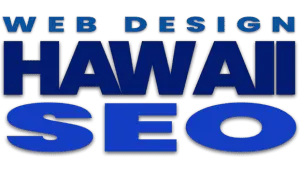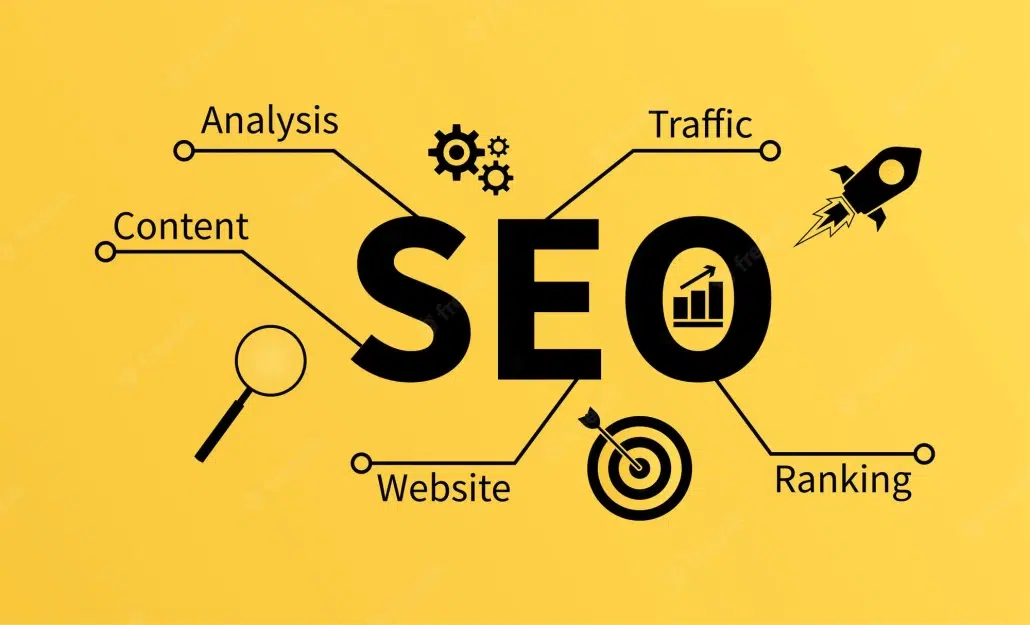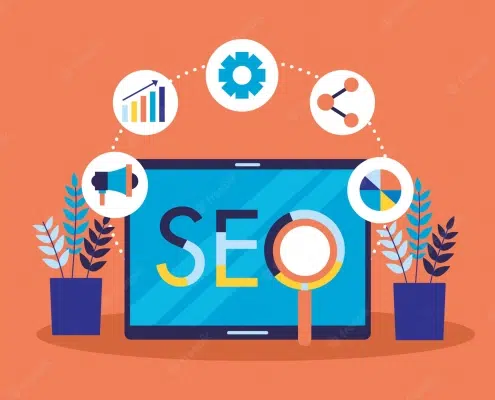Top SEO Tips for your E-commerce Website
The need for any e-commerce website to rank highly on Google SERP cannot be overstated enough. If you’re an e-commerce website, SEO is the only way (other than digital marketing techniques) to regularly bring in organic traffic to your site.
The continuity of any business depends on its online ranking. Without being visible to their target audience, it becomes nearly impossible for any e-commerce business to attract potential customers. But, thanks to SEO, there are a few simple steps that you can follow to ensure that your e-commerce website ranks high on the SERP and is visible to your target audience.
Below, we’ve compiled a few guidelines that will help you improve your organic rankings on SERPs. But first, let us look at what e-commerce SEO means?
What is E-commerce SEO?
E-commerce SEO simply means making an e-commerce site more search engine friendly so that it ranks high on the SERP and gets high visibility on SERP. Although the most globally popular search engine is Google, other browsers like Bing and Yahoo also play a significant role in your website’s visibility.
So, when we’re talking about e-commerce SEO, we mean optimizing the website as per these search engine’s guidelines for it to rank higher.
Sounds challenging?
It really isn’t. Many business owners are now managing SEO by themselves; all it takes is a little practice. However, with the number of e-commerce sites out there, it’s safe to say that the level of competition is relatively high. Improving your site performance for SEO includes:
- Creating keyword-targeted content.
- Improving key elements in it.
- Ensuring user-friendliness of your site.
Here are a few essential tips for getting your e-commerce SEO on track.
Best SEO E-Commerce Practices
Knowing SEO basics isn’t just crucial for better ranking and higher conversions, but it also avoids any ranking penalty which Google could impose for practicing any black-hat SEO technique. So, without further adieu, below are the basic elements of SEO and how to optimize them for an e-commerce website:
- Improve Page Load Speed
Page load speed is an elemental aspect of online user experience. Many studies have proven that users are most likely to leave a site if it takes more than 3-4 seconds to load. Needless to say, you need to ensure that your e-commerce site has the lowest possible page load time. With every extra second spent on loading your web page, there will be higher bounce rates on your site, which isn’t a good ranking indication to Google.
Four factors determine the page load speed of any website. They’re:
- i) Optimizing cache resources
- ii) Installing a CDN
iii) Optimizing visual elements (images, videos, graphics, etc.), and
- iv) Minimizing heavy resources
An experienced web designer or SEO specialist can take care of these things for you. If your e-commerce site is built on WordPress, you can simply install plugins to improve your page load speed.
- Ensure Mobile-Responsiveness
Mobile search has already outnumbered desktop searches worldwide. Online purchases made from smartphones were valued at a whopping $359 billion in 2021, and the number is expected to double by 2025.
More and more people are now purchasing products online while on the go. Your e-commerce website needs to have a stellar user experience in order to target such shoppers. You need to ensure that your site is fully mobile-responsive with easy navigation and usability to ensure that buyers can easily find and buy what they want.
If your e-commerce site is powered by WordPress, you can create AMP (accelerated mobile pages) via plugins on the CMS. For your mobile site, you can use images with smaller sizes so that they don’t affect the page load speed.
- Build Quality Backlinks
Backlinks are one of the foundational pillars of any successful SEO campaign. Regardless of how well you optimize your onsite elements, link building is still crucial to have your website ranked highly on SERP.
Backlinking is the method of building high-quality links that point the user to an external source or website with niche relevancy to your industry. Link building is vital because it establishes your site as a trustworthy source for users and search engines.
While backlinking is important, you should remember to only build links from sites with relevant and high-quality content related to your niche. Backlinking low-quality sites with no niche relevancy may cause your site to be penalized by Google.
- Incorporate Keywords in your Content
Apart from backlinks, keywords are the most important ranking signal which informs Google and other search engines what your content is all about. Keywords are popular search phrases that people look up online. Whenever a user searches for a specific keyword, all websites targeting the keyword will be included in the SERP. Thus, it’s essential to have keywords strategically in your product category pages so that your web page ranks for that specific phrase.
If you’re not a well-established brand and find it difficult to rank for short keywords, you may want to give long-tail keywords a try. Long-tail keywords can help you to rank highly for phrases around your focus keywords.
Also, include your keywords in the meta titles and descriptions of all product and category pages on your e-commerce site. Meta title and description are an inherent part of SEO. They’re the first thing that a user notices before entering your site. Creating a catchy title and description with proper keywords will boost your organic rankings and also optimize your conversion rates. And, don’t forget to include your product category in the URL for higher visibility.
Remember to limit your title tag to 60-70 characters to be displayed completely on the SERP.
- Add Visual Elements
Online shopping is all about compelling images and content that creates the desire to purchase your product in your prospect’s mind. While you’ll obviously add your product images, it’s equally helpful to add other visual elements like ad banners, infographics, etc.
Another good SEO practice would be to add alt texts to your images. Doing so will tell Google what your image depicts and help rank your site for relevant photos.
While adding visual elements to your site is advisable, you should optimize each image to compress its size. This helps increase the page load speed of your site while maintaining the quality of the image.
- Simplify Navigation
Another critical aspect of user experience, navigation, refers to the movement of traffic within your site; or how easily can your site visitors access all the web pages and move from one to the other. Although navigation is something your web designer should take care of when building your website, there may still be some elements that may require tweaking for SEO purposes.
You can use e-commerce breadcrumbs, which make navigation easy for your visitors. Another ideal practice would be to install a schema to your site, which Google will display on its result pages and your site.
- Optimize On-Page Elements
On-page elements refer to the various aspects of your website that can be tweaked for an SEO boost. These include structuring your URL with keywords, using 301 redirects for unresponsive pages, and optimizing 404 pages by redirecting them to a product page.
Another key onsite factor includes building an XML sitemap, which helps Google to locate pages without a URL and index your website better.
Use internal links to connect your most popular pages. Just like external linking, internal linking also helps in improving your search engine rankings. Ensure to use informative anchor texts to link your pages internally; it helps the user go to another URL when they know what it is about.
Lastly, use canonical tags in pages with duplicate content and don’t need to rank on the SERP. Doing so will avoid any penalty from Google or other search engines.
- Other Factors
There are many other practices that you can employ in your e-commerce site. Blogs can drive significant volumes of traffic to your site. Moreover, you can create informative content around your niche that helps educate your customers. Google prefers long content that comprehensively informs the user on their search for topics. Also, include your keywords at least five times for a 1,000-word blog post to give a boost to your organic rankings.
Another key feature of SEO is a compelling call-to-action for your site visitors to enhance your conversion rates. A standard CTA button is ‘buy now’ for e-commerce sites.
Now Google loves user-generated content. Remember to add reviews and comment sections on each product and category page, which will improve your rankings and help buyers make better, informed decisions.
And don’t forget to use analytical tools and software for your e-commerce site. It will reveal the most searched products, pages with the most traffic, and other insights, which will help you to further improve your site’s click-through rate.
Ready to Power your E-Commerce Business?
E-commerce has been on the rise in recent years, with skyrocketing sales forecasts in the coming years. If you’re looking to take your e-commerce business to the next level, Hawaii SEO Web Design agency can help. We’re the premier IT firm, specializing in web design and digital marketing for businesses in the US and Canada.
Book a free consultation session with us today and find out how we can boost your e-commerce website to hyper-visibility with surplus traffic and conversions.








